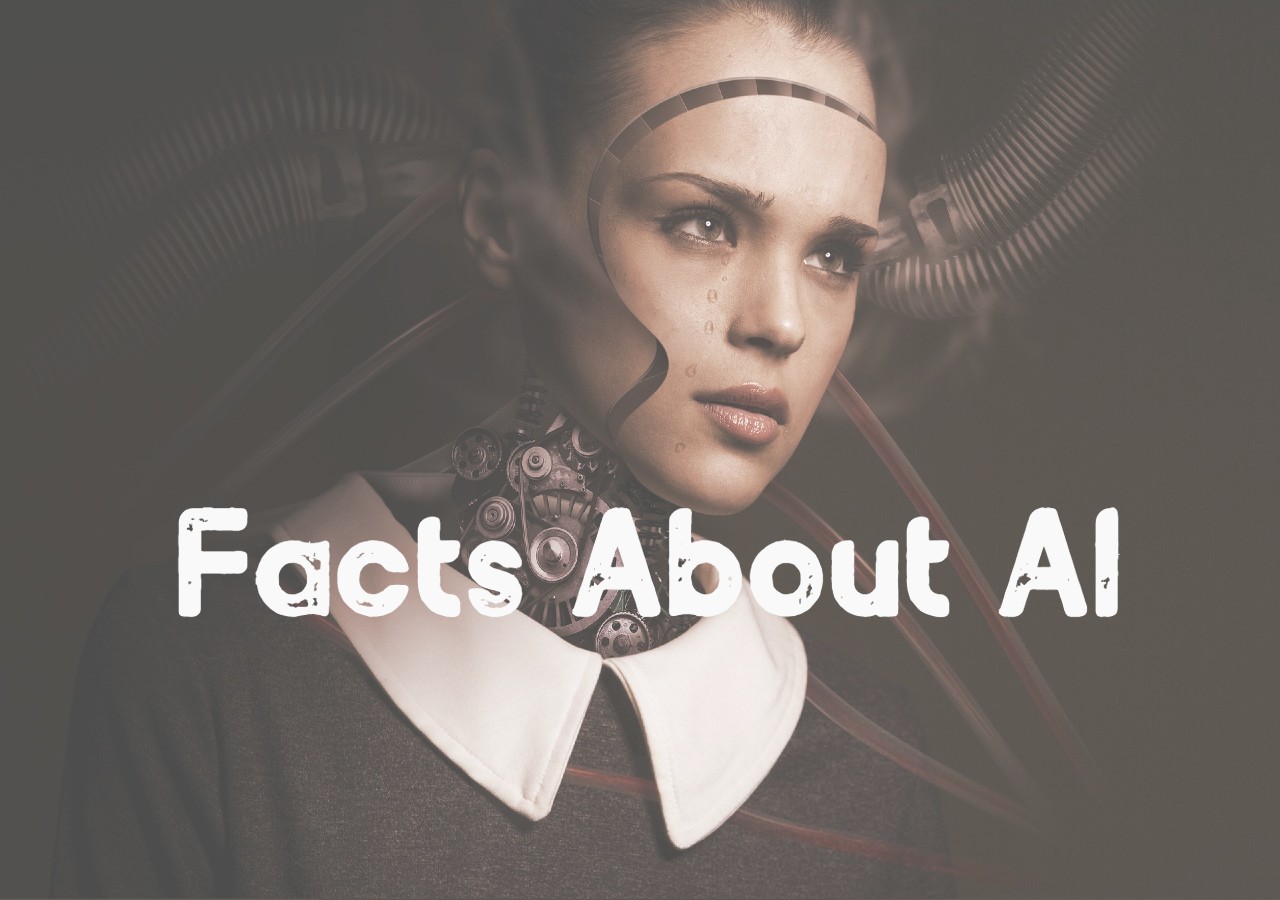In this Article

Last week I was lucky enough to present as a featured speaker at the Clariden Global conference on Artificial Intelligence (AI) for Government in Canberra. I spoke about our work with the City of Casey and how we have helped them to autonomously manage over 400,000 assets and over 100,000 work orders per year. The rest of the program was full of amazing insights into how artificial intelligence is being used in many different areas of government, which can apply to just about every other industry. Here are my top 5 takeaways:
1. Ethics are front and center
The Australian Government at all levels is working hard to develop a code of ethics to govern the use of AI now and into the future. The code of ethics includes everything from the responsible use of AI through to the ‘must’ and ‘must-not’ of white and black box models. This is essential to ensuring citizen identities and safety are first and foremost when implementing these technologies.
2. The greatest return on investment
As AI continues to grow and new use cases are found, the highest return on investment is still in the use of predictive analytics in asset management and RPA (Robotic Process Automation). While the potential exists for more complex use cases to create value, these remain in the domain of isolated studies and PoCs (Proof of Concepts). The complex use cases also create more risk should things go wrong and difficulty when trying to scale.
3. AI won’t take our jobs
The truth of the matter is that there is more work to be done then we have the resources to compete – at all levels of government. While AI may remove some mundane data entry/processing style jobs, there will always be higher-value work that needs to be completed. Even the best AI can’t do this (at least for now!).
4. The AI best suited for government
It’s clear that the AI best suited for government is not the deep learning black box models. Instead, it’s RPA with a sprinkle of AI to make the automation even smarter. This model makes it easier to demonstrate a return on investment faster and makes it easier to scale from a PoC.
5. AI is here to stay
AI in government isn’t going anywhere – the endless use cases and potential for cost and efficiency savings far outweigh any pushback back on the technology. There has also already been an enormous investment in this space.
How is M innovation using AI?
AI powers our wireless monitoring systems and helps our clients to automate their workflows so they can rest easy. For example, instead of just guessing what the optimum time to replace your equipment is, our AlphaX Cloud software makes meaningful asset lifespan predictions down to the hour.
Feel free to reach out and discuss organising a demo of our wireless monitoring systems, backed by the power of AI.
Related Blog Posts
How Smart Cities Connect: Getting Started with Edge AI and IoT Technology
How to Get Started with Edge AI and IoT Technologies in Smart Cities: Overcoming Integration Challenges In recent years, the concept of smart cities has evolved from a futuristic Read More
5 Step Strategy: Ensuring Security and Privacy in 15-Minute Smart Cities
Introduction Ensuring security and privacy in 15-minute smart cities is a critical challenge as urban areas become increasingly connected through IoT and edge AI technologies. These cities aim to Read More
What is a smart city and the challenge of legacy systems
How to Get Started with Integrating Legacy Systems in Smart Cities Smart cities are transforming urban landscapes by leveraging technology to improve the quality of life for residents. However, Read More



